
Like a candy bar, most of the bikes that professional MTB athletes race on are the same ones you or I can purchase in a shop. That’s particularly true for squads like the Orbea Fox Enduro Team since the athletes are not currently testing prototype components in events — as far as we can tell.
This star-studded enduro team is made up of some of the hardest hitters in the business, and Damien Oton, Gabriel Torralba, Laura Charles, and Vid Persak were all in attendance for the first two EWS rounds this year. We took a close look at their race bikes to see how top athletes choose to set everything up for maximum speed. Like any pro, they have to use the gear that their sponsors provide, but how they use it makes a significant difference on race day.
Each of the riders is on an Orbea Rallon, with a colorway of their choosing. The carbon 29ers use a 170mm fork with 160mm of rear-wheel travel actuated by a split-pivot system. The bike was updated not long ago, with a new linkage that added 10mm of travel out back along with a more progressive leverage curve. Check out our full review of the Rallon for more details.
To start beneath the bars, the team uses a mix of the Fox Factory 36 and 38 forks, with some riders preferring the stiffness of the 38 while others want the weight savings of the 36. For this race, they were all running the Fox Float X2 air-sprung shock in the frame, with a variety of volume spacers to suit their styles.
Handlebar height is highly personal, and each of the riders have their bars in a little different place. The largest difference in stem-spacers is between Charles and Oton. Of course, each of the riders has their bar cut to a precise length, and they use a mix of carbon and alloy handlebars depending on their preferences.
Apart from Torralba, all of the riders run a Maxxis Assegai up front with the Double Down casing and a Minion DHR II rear with the brand’s burly DH casing. Front and rear tires are shod in the MaxxGrip compound. When they only have to last one race, you go for the stickiest set. Torralba said that his home trails feel better with a pair of Minion DHR II tires, and he uses the same casing and compound as his teammates. It seems like they chose well, as no one on the team flatted at either race in Val di Fassa. The team uses a mix of alloy and carbon fiber rims depending on how smooth the tracks are. If the slopes are really rough, aluminum is the way to go for a lot of racers.

All of the Orbea Fox team is running Galfer brake pads and rotors in their Shimano XTR calipers, with the full resin material up front for added modulation and the red “race” compound out back to let them easily lock up the rear wheel when things get extra tight or steep. See the photo of Persak above for a demonstration.
All four of the athletes have a power meter in their crank to help gauge their training efforts, and they all run Crankbrothers Mallet pedals. Persak uses a 36t chainring, as he says it helps to reduce the bike’s pedal kickback.
Saddle position is fairly neutral across the squad, and they all use the “lower” geometry position with their Rallon frames.
To finish the bikes off, each of the riders has a custom front fender from Slicy, and Oton’s frame has his daughter’s name atop the driveside seat stay.













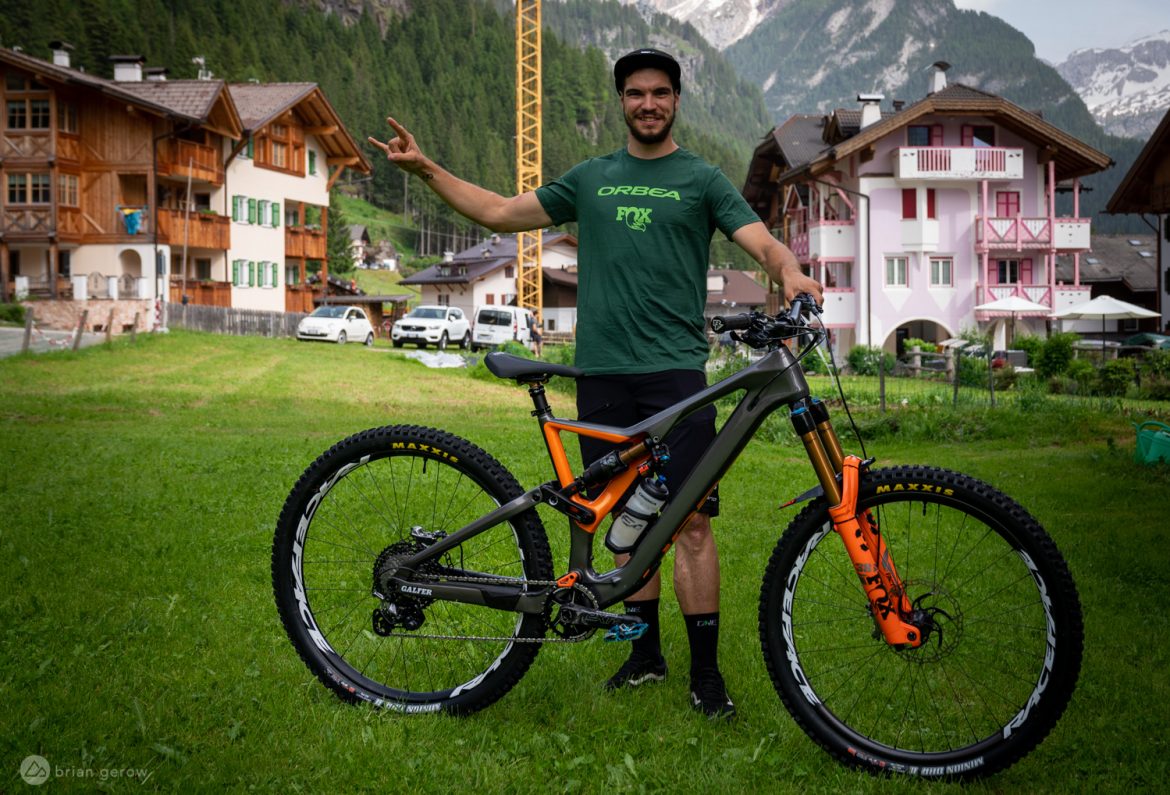
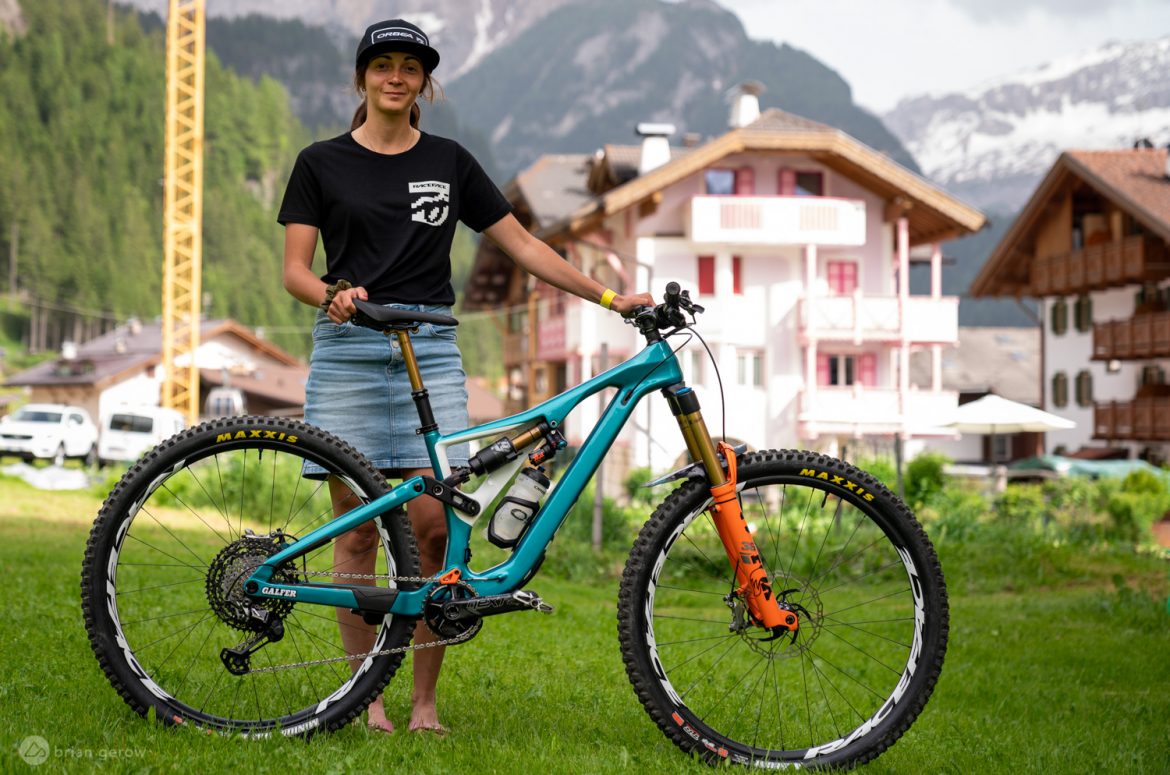
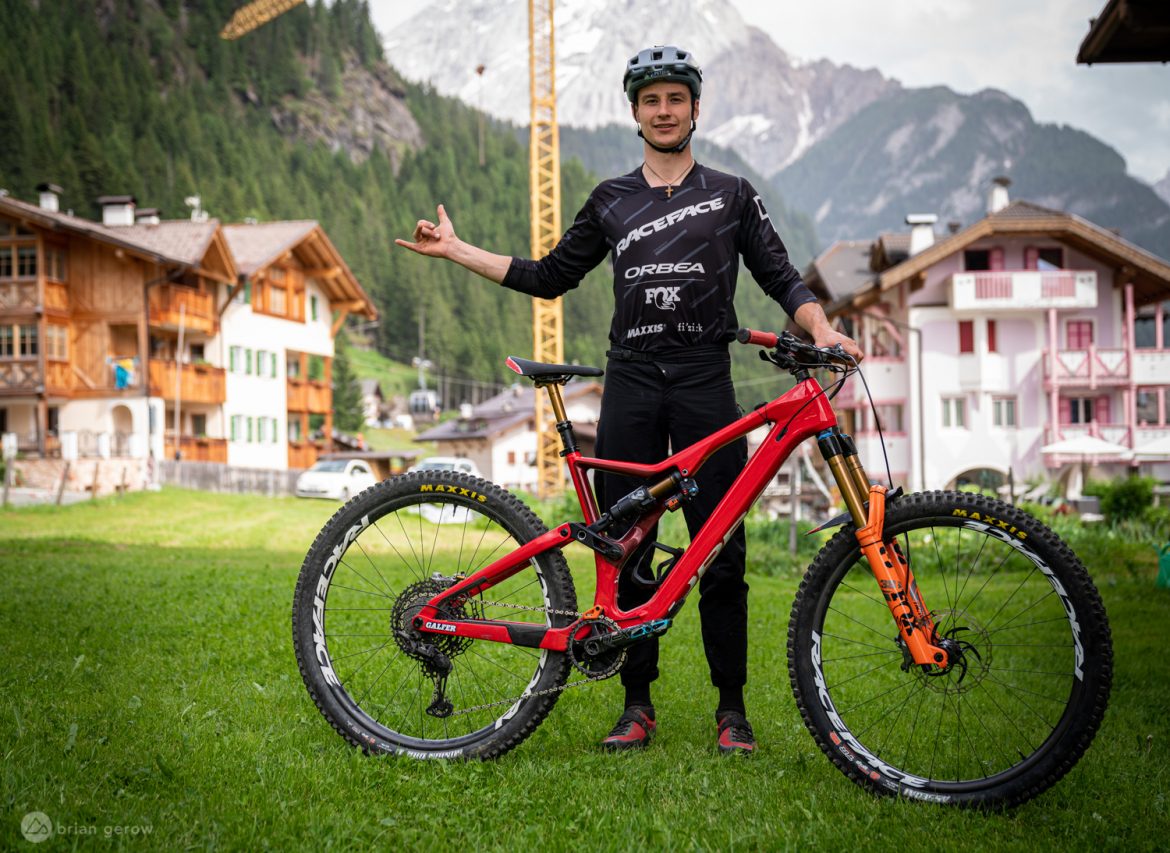
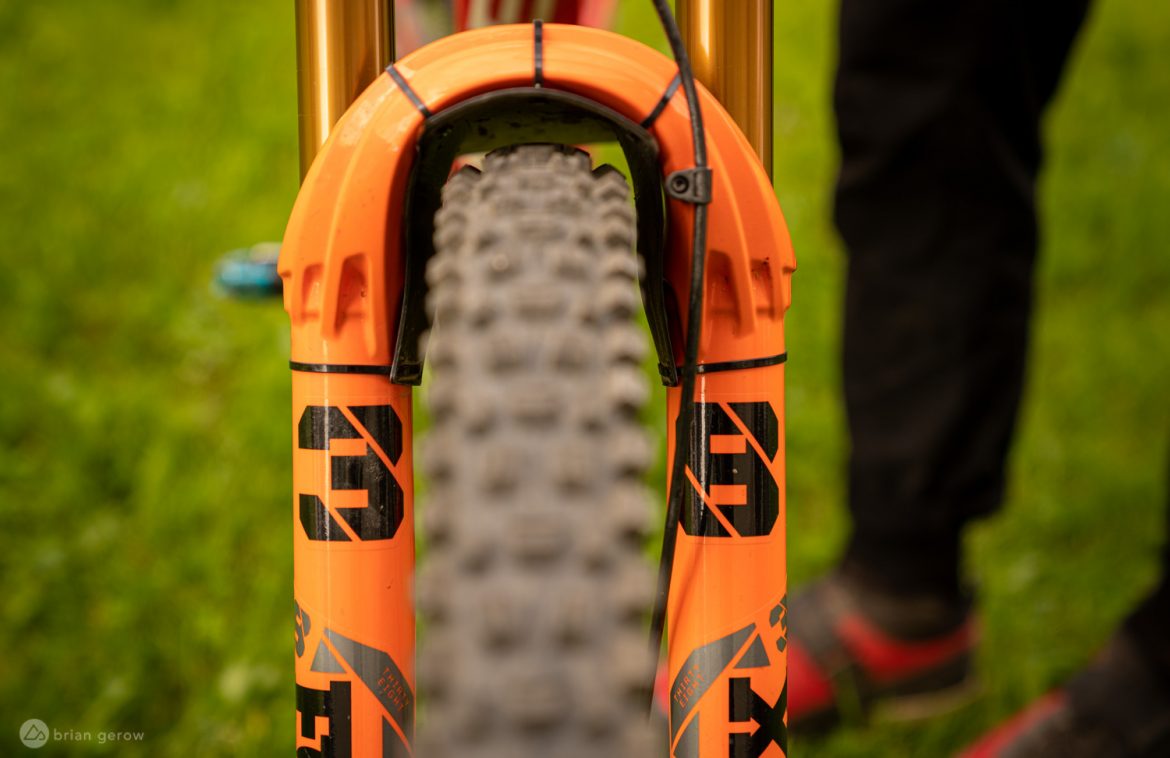
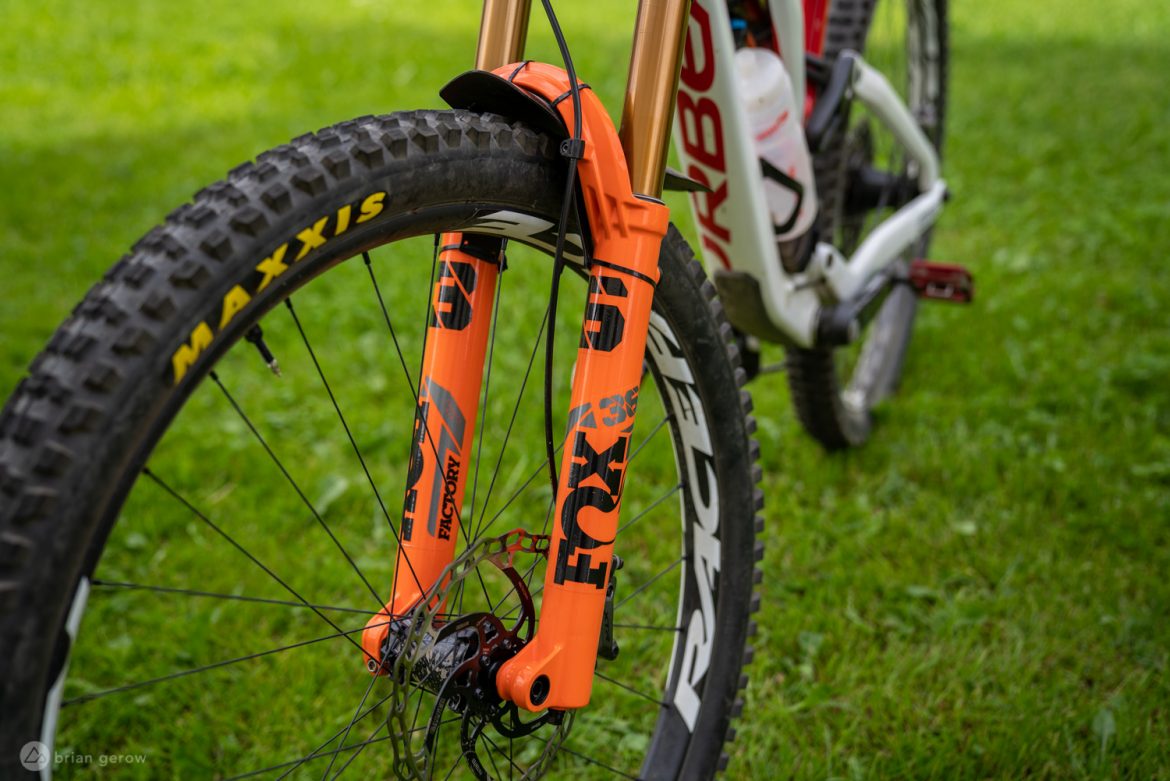
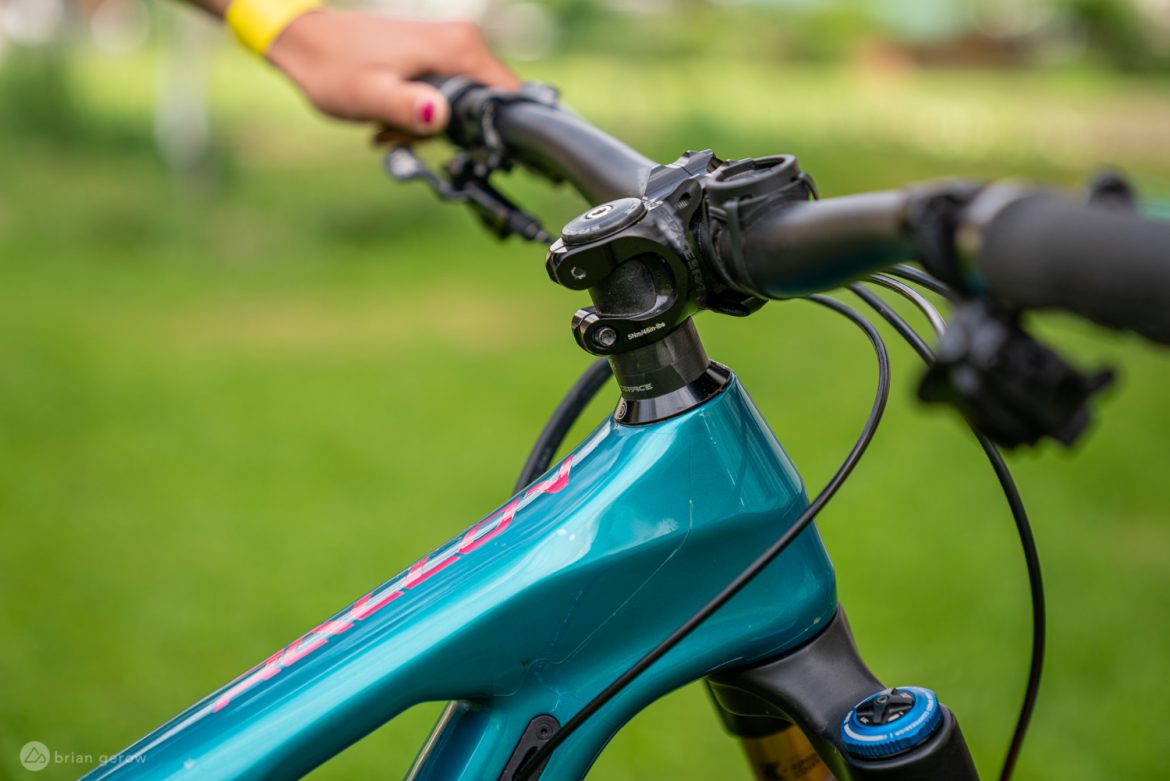






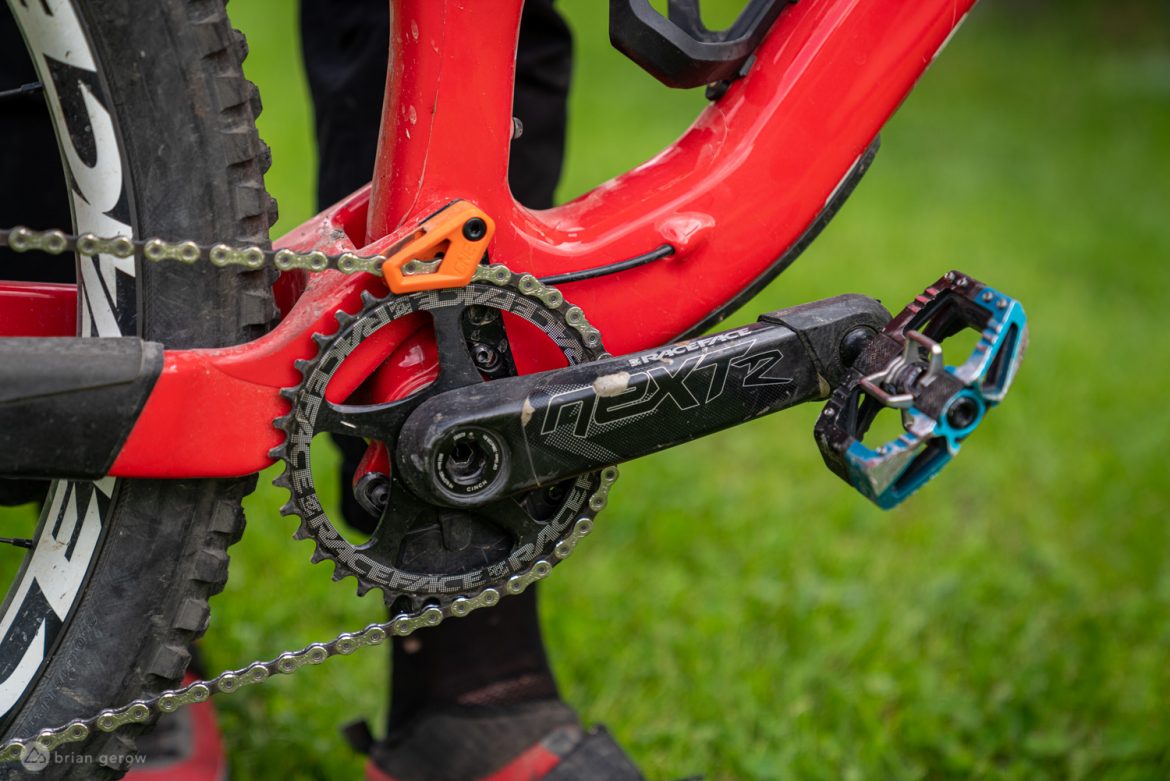

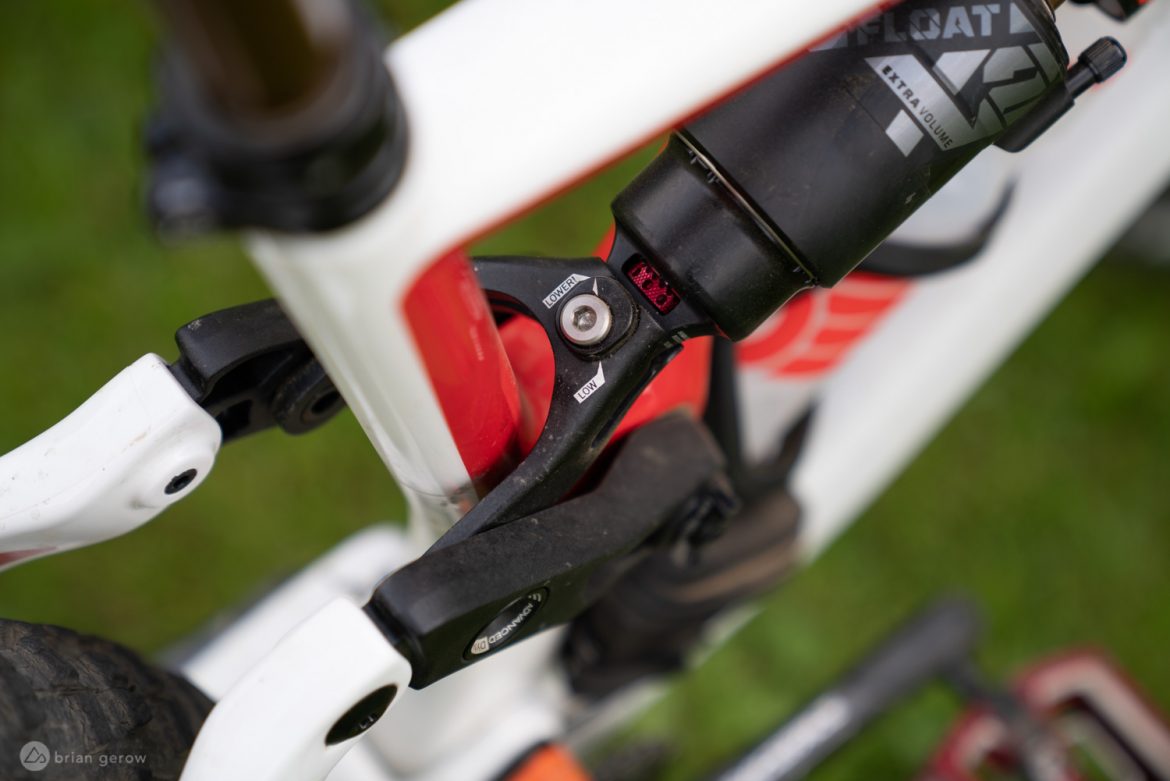

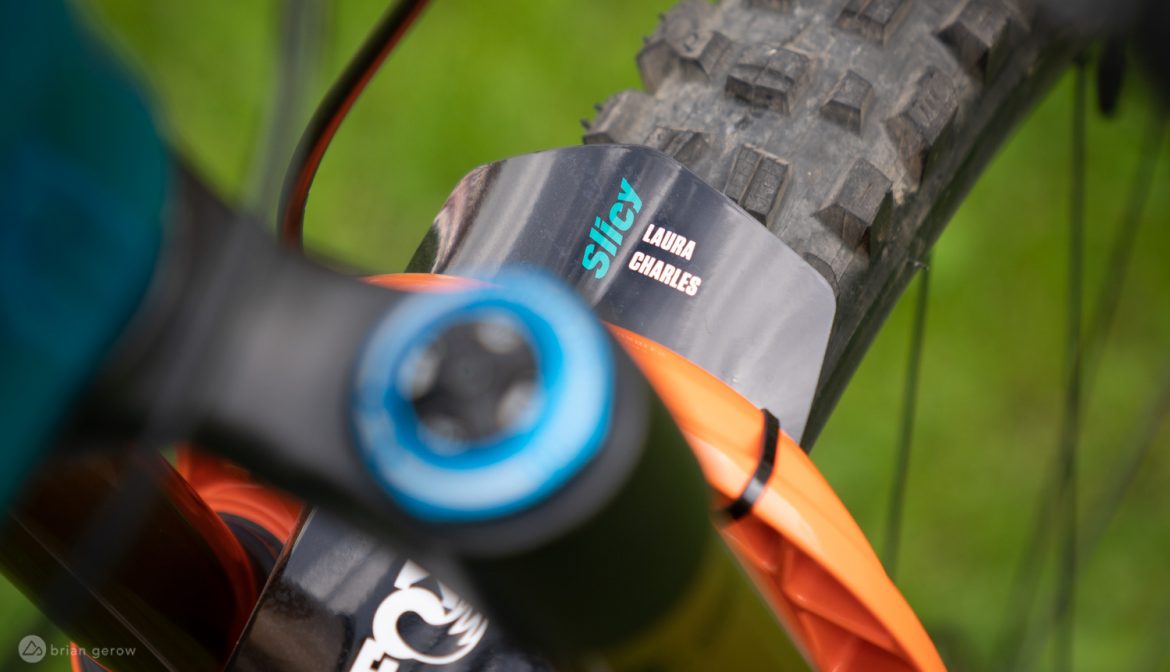



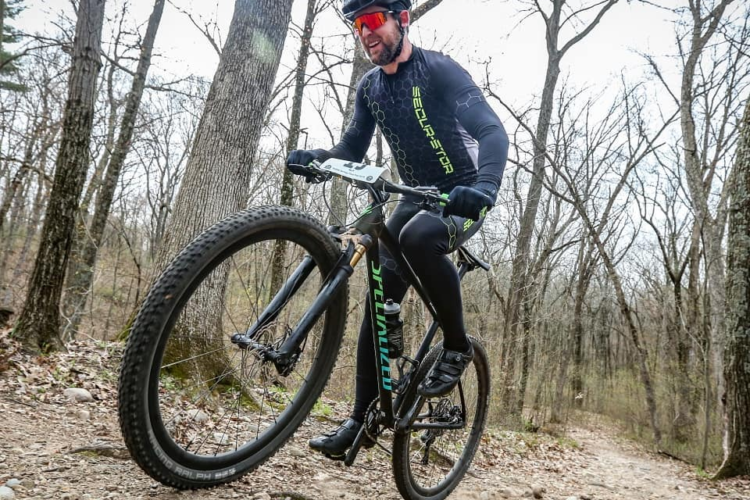





1 Comments
Jul 11, 2021